Discover the beautiful, beguiling and rugged land of West Penwith by visiting its top sights in the far reaches of Cornwall. By Felix Rowe
It’s called Land’s End for good reason. Tucked away in the extreme southwest of mainland Britain, the Penwith peninsula feels like the very edge of the world. Flanked by the Atlantic on all sides – and often bearing the full brunt of its rages – the landscape here is as wild and rugged as it comes. And it’s all the more beautiful for it. If you’re looking to escape the throngs of city and enter the wilderness then West Penwith is not a bad place to start. A land where the myths and legends are as impenetrable as the fog that rolls in from the sea. Welcome to the Wild West.
But in fact, with a direct train line to London Paddington, recently improved road links, and Cornwall Airport Newquay linking the wider county to cities across the UK, Penwith today isn’t as inaccessible as you might first think. And upon arrival you’ll soon find yourself swept away by its myriad charms.
When a relatively small area boasts not one, but two of the country’s most magnificent wonders – in the form of St Michael’s Mount and the Minack Theatre – it’s perhaps understandable that surrounding treasures can get overlooked. St Michael’s Mount is a dramatic tidal island, connected to the mainland only via a granite causeway at low tide, on which is perched a medieval castle, itself built on the site of an 8th-century monastery. It bears striking resemblance to its Normandy namesake, Mont-Saint-Michel.
The Minack, meanwhile, is a construction as breathtaking as its clifftop setting: a magical place for outdoor theatre in the warmer months. Both landmarks enjoy wide coverage for good reason and they must be experienced. Yet deeper exploration of West Cornwall reveals so much more.
Another highlight of Mount’s Bay is the harbour village of Mousehole – that’s ‘Mowzul’ to locals. Poet Dylan Thomas famously found it to be “the loveliest village in England”, and that sums it up quite neatly. A day watching the boats come and go is always an absolute delight. Spend the afternoon with a well-thumbed copy of iconic children’s tale, The Mousehole Cat, and a slice of the local speciality, stargazy pie.
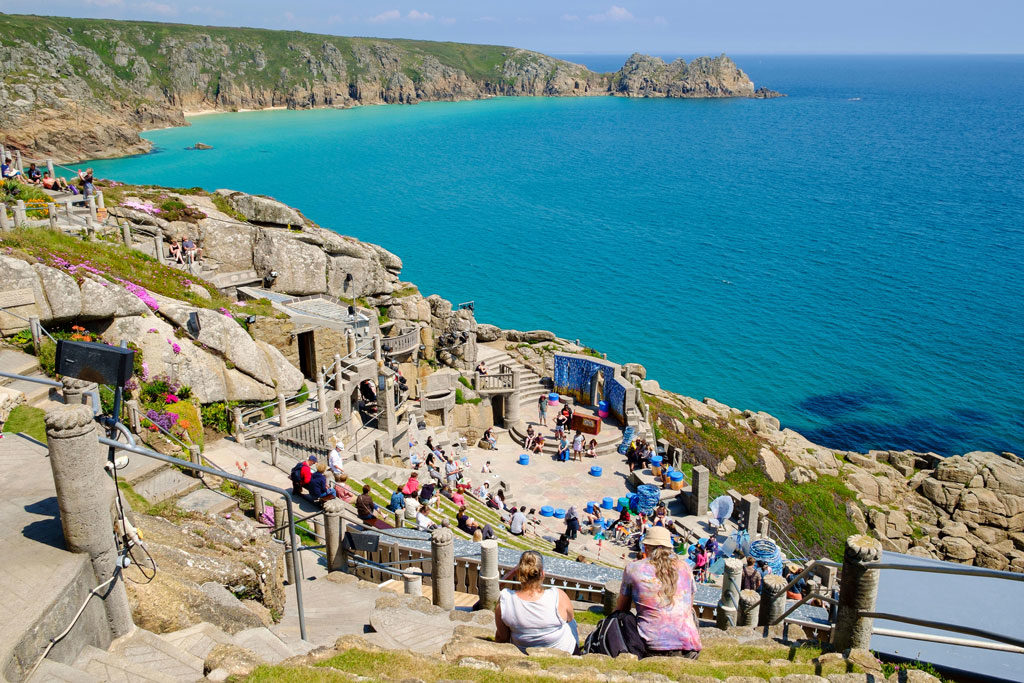
Nor is the Minack the only reason to explore Porthcurno. This sleepy headland was once the communications centre of the world, the terminal for the 19th-century submarine telegraph cables connecting Britain to her empire, with huge cables landed on the beach from as far away as India. The Telegraph Museum and underground Second World War tunnels make a fascinating detour.
Long before Cornwall’s influx of tourism, the county relied on its lucrative mining industry: it was once the mining capital of the world. Look out for the ruins of engine houses lining the coastline, including Botallack, managed by the National Trust. Some local mining tunnels extend out miles into the sea. Fans of the TV series Poldark may recognise scenes from their screens, and the crew are often seen filming locally over the summer months.
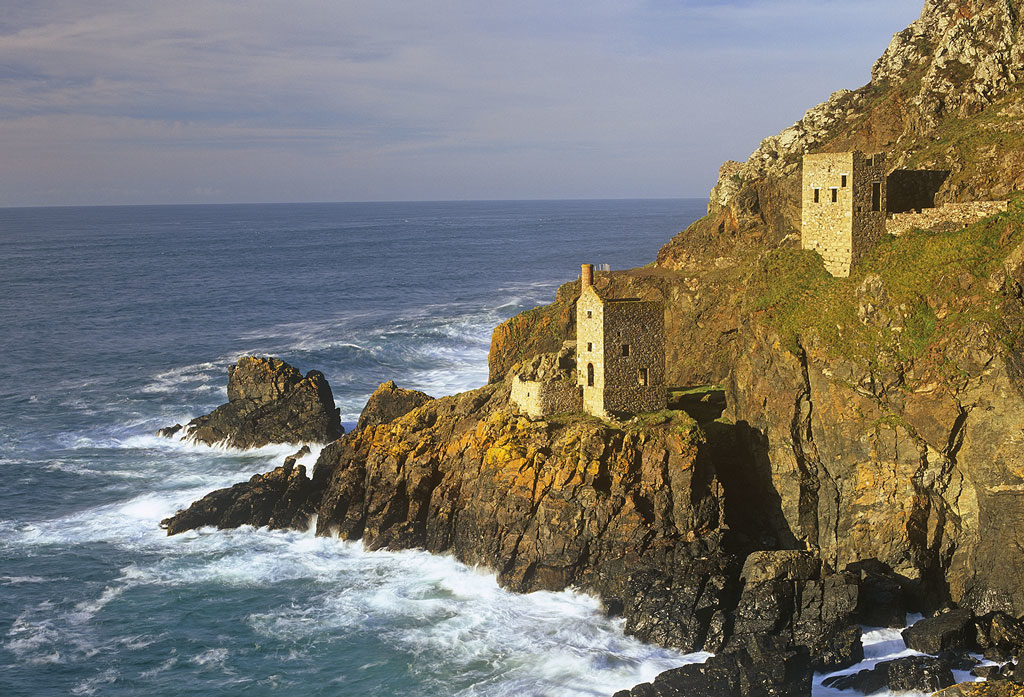
Despite its remoteness, Penwith has been inhabited for thousands of years. At first, it’s hard to fathom what would bring people to settle somewhere so extreme, until you encounter the almost magnetic draw first-hand. The area is positively littered with prehistoric monuments and henges, less publicised than their more famous cousins, yet no less beguiling. Cornwall is said to host a particularly high concentration, from standing stones to burial chambers, some variants entirely unique to the area, and invariably accompanied by their own local legends.
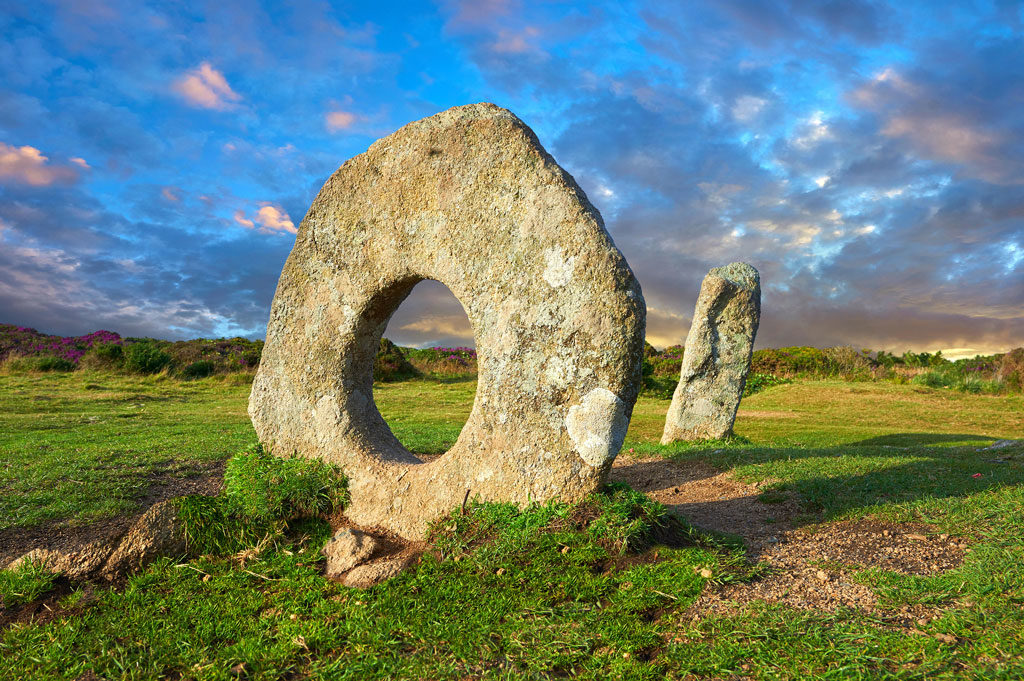
Men-an-Tol, for instance, is said to be guarded over by a fairy, or piskie as they are known locally, with miraculous healing powers. According to local mythology, passing a naked child through the hole of the central circular stone nine times will cure them of rickets. Women are advised not to pass through the hole seven times backwards during a full moon if they wish to avoid becoming pregnant. Nearby Madron Holy Well has been revered for millennia for its legendary remedial qualities. Look out for offerings, or ‘clouties’, such as ribbons tied to the surrounding trees.
The Neolithic stone circle, the Merry Maidens of Boleigh, complete with two further stones known as the Pipers, is equally intriguing. Supposedly the 19 maidens danced as the pipers played, only to be turned to stone for daring to enjoy such frivolities on the Sabbath. Kiss your lover while standing in the centre of the stones to ensure enduring happiness.
The Iron Age and Neolithic coastal villages of Chysauster and Carn Euny are uncannily reminiscent of the equally remote Skara Brae in the Orkney Islands at the other extreme of the British Isles.
Penwith is home to scores of beautiful, ancient Christian churches, often built on earlier pagan sites. St Senara’s Church gave rise to another legend of Cornish folklore – the Mermaid of Zennor, who fell in love and subsequently eloped with the local churchwarden’s son. A 15th-century carved chair, which may have inspired the tale, can still be seen in the church today.
Owing to its abundant scenery and famed quality of natural light, West Cornwall has long been a haven for artists. The Newlyn, St Ives and Lamorna schools are particularly well known, as is St Ives’ Leach Pottery. Painters drawn to the area have included the British abstract artist Sir Terry Frost and SJ ‘Lamorna’ Birch.
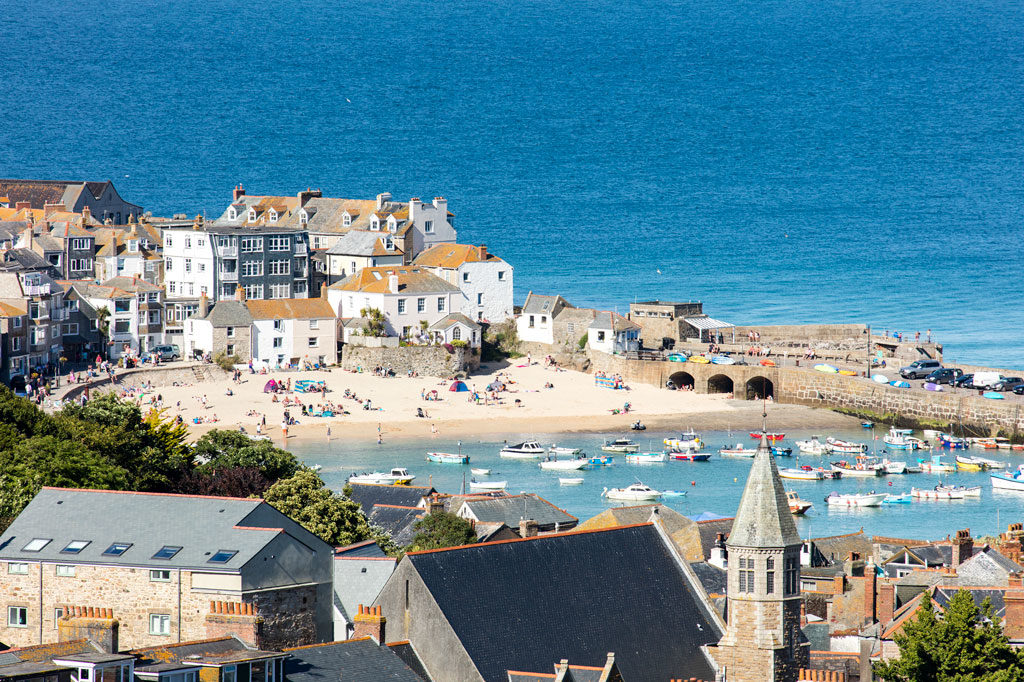
The scene’s prominence was significant enough to tempt the Tate to take residence above St Ives’ Porthmeor Beach in 1993, and the gallery has recently been extended. The Barbara Hepworth Sculpture Garden is a tranquil haven hidden away within the town, and there are many smaller independent galleries across the region that equally delight. Tremenheere Sculpture Gardens occupy a wonderful position overlooking St Michael’s Mount, while nearby Newlyn Art Gallery & The Exchange and Penlee House Gallery are must-visits too.
Many revere Cornwall as a top foodie destination. The beloved pasty, Cornwall’s signature snack, now has ‘protected designation of origin’ status. St Ives has its own popular food festival in May, one of many similar events across the county. Pick up an ice cream from Jelberts in Newlyn – don’t be fooled by the low-key shopfront or the fact that they only do one flavour. Made with fresh Cornish clotted cream, many say it’s the best you’ll ever experience. But, in the name of balance, Moomaid of Zennor is pretty good too.
If your thirst needs quenching, pay a visit to the family-run Polgoon on the outskirts of Penzance, for a tasting and tour of the vineyard and orchard. Meanwhile, being a small-batch operation hasn’t stopped St Ives Cider from winning international awards. There are several enterprising microbreweries in the area, helping to propel the country’s artisan ale revolution.
With provenance on everyone’s minds, you don’t need to travel far to experience fantastic, locally-sourced produce. Enjoy fish as fresh as it gets, straight off the boats from Newlyn, St Ives and other local harbours.
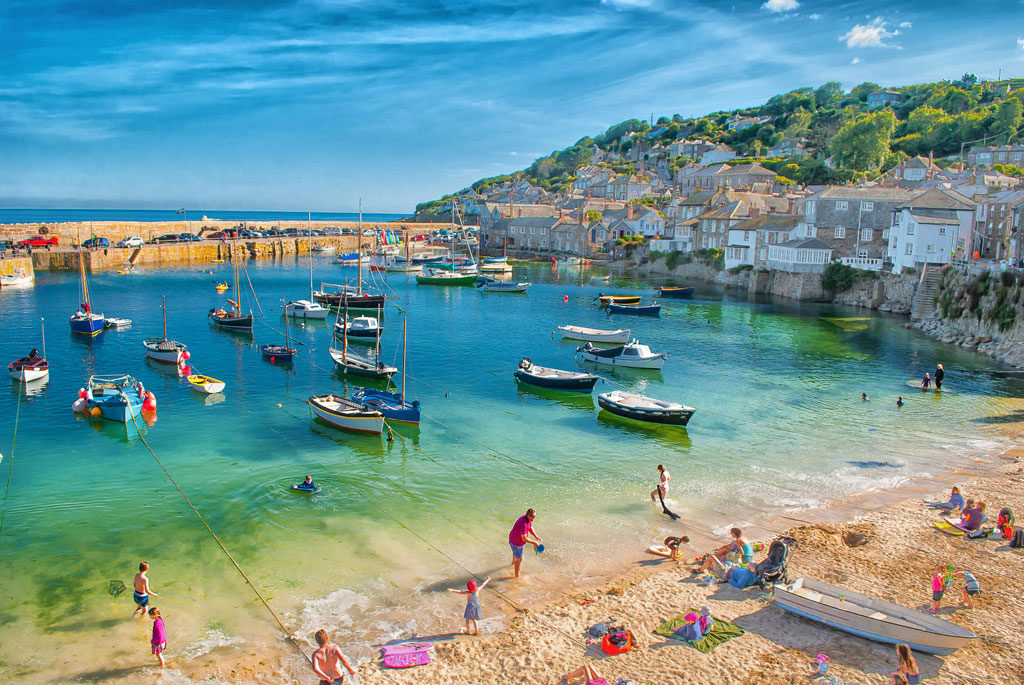
Cornwall’s fishing and seafaring heritage goes way back. Many will know Penzance for Gilbert and Sullivan’s eponymous pirates. Today, walking down its narrow alleys and opeways you can stumble upon historic taverns, once frequented by seafarers of a decidedly nefarious nature.
But it’s also home to a grand promenade and the recently restored Art Deco lido. A regular port of call for cruising yachtspeople, Penzance is also the gateway to the Isles of Scilly, reached aboard the Scillonian.
West Cornwall boasts a rich pilchard-fishing history. Sadly, overfishing swiftly saw an end to the trade, but not before significantly contributing to the vernacular architecture, with pretty whitewashed stone fisherman’s cottages and pilchard cellars lining the coast.
So, there’s much more to West Cornwall than first meets the eye. Replete with independent boutiques, bistros and galleries, and glorious scenery at every turn, Penwith harbours many hidden gems just waiting to be discovered.

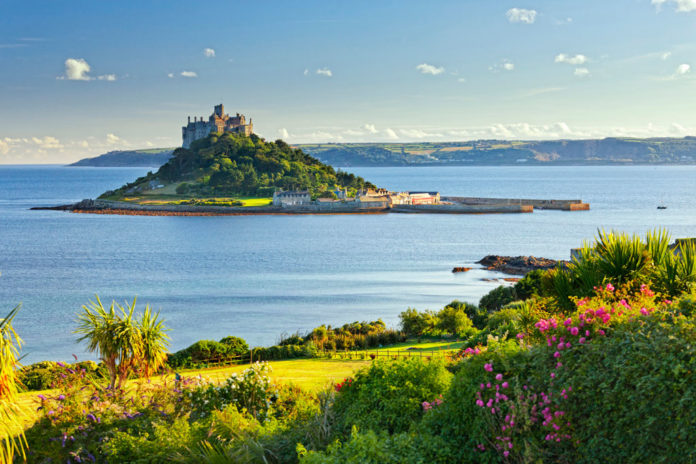




 © 2024
© 2024